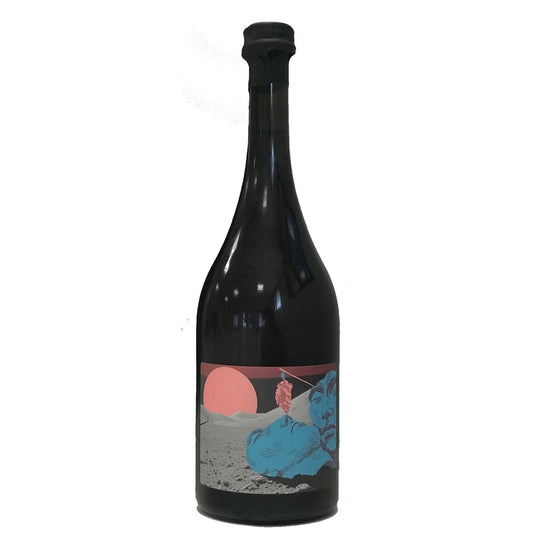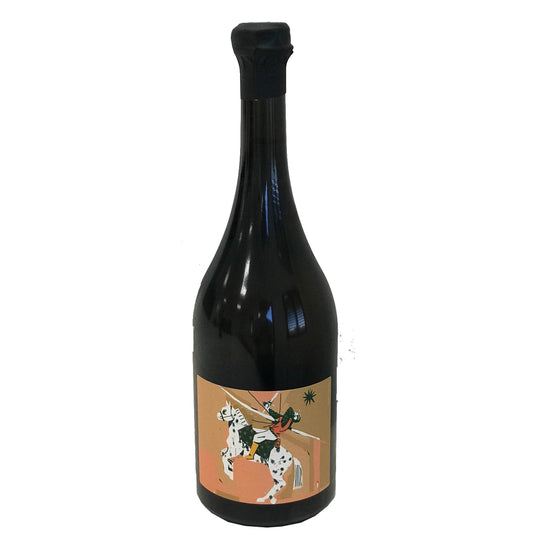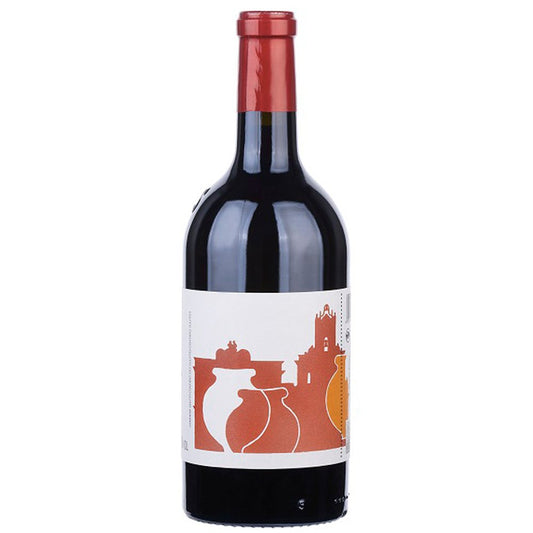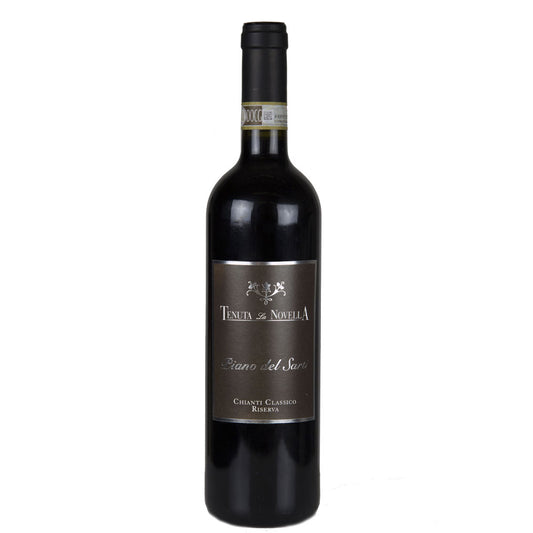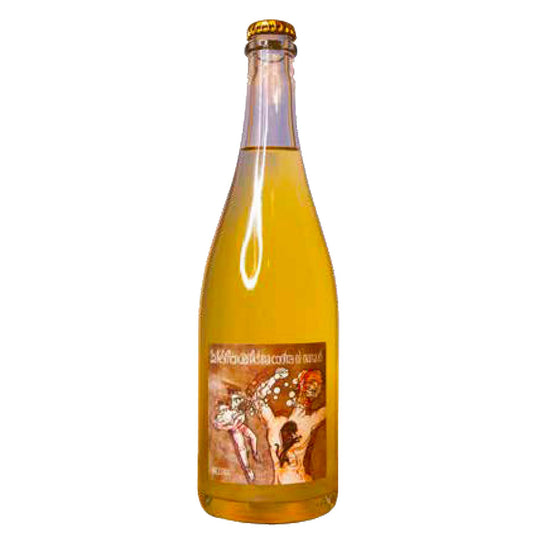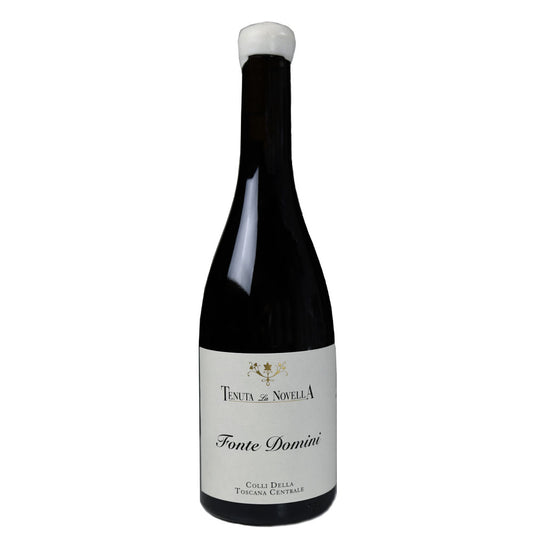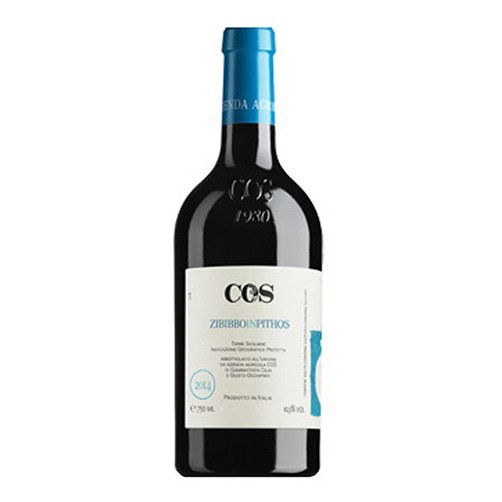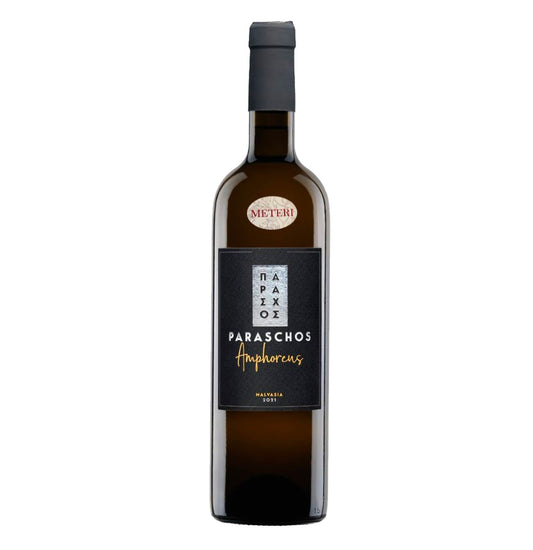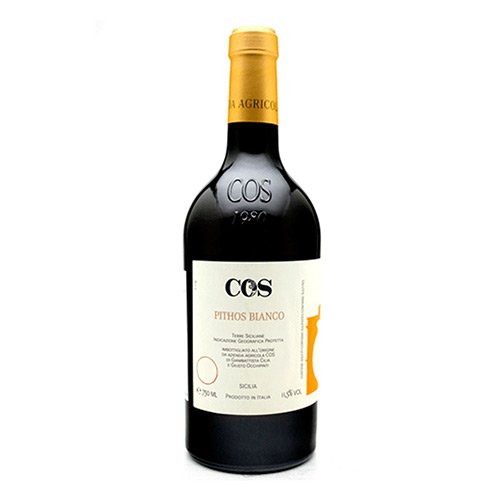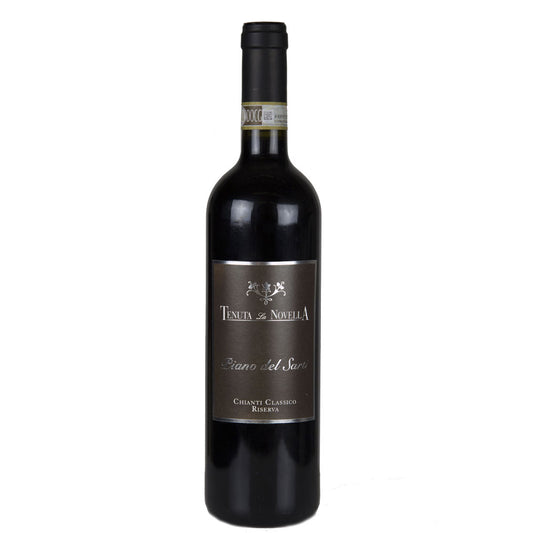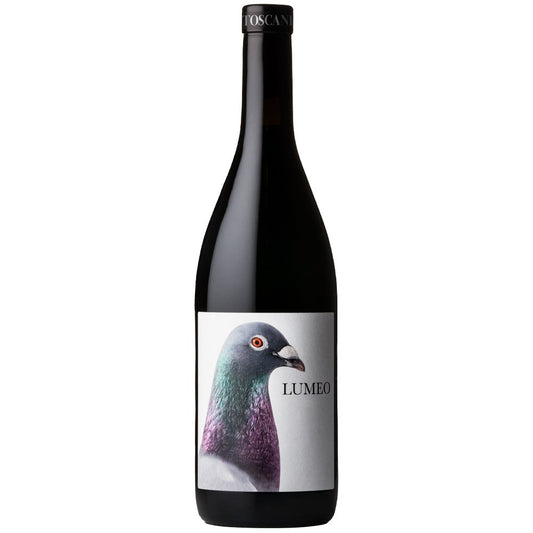Originally, there was no wine without amphorae: wines were born, aged, and transported on ships from one side of the sea to the other in terracotta vessels. As is often the case, to look ahead, we need only return to our origins: today, wines in amphorae are probably the most modern, due to their organoleptic characteristics and the vision they express. The amphora allows for constant micro-oxygenation without imparting any scent and preserving the purest flavor of the wine: this also allows for very long aging and extreme vinification.
The advantages of amphorae
Terracotta allows for different approaches to winemaking than wood or steel. This depends on the characteristics of the material:
Breathable, unlike steel. The porosity of terracotta allows oxygen to exchange with the outside, allowing for oxidation refinement, which is ideal for wines that require a longer period of time to be ready.
More neutral than wood. Wood also allows for natural oxygenation, but it has the characteristic of transferring its own scents and flavors to the wine. This does not happen with terracotta.
Wine is made in the vineyard. Precisely because the amphora is neutral, the focus of winemaking shifts from the cellar to the vineyard, restoring importance to working in the fields and caring for the land.
Nature and experimentation. But even in the cellar, amphorae allow us to go further, using the cellar as a laboratory of ideas, for example by choosing long natural macerations that give rise to Orange wines.
Why we like them
Amphora wines bring together the past and the future, respect for tradition and a visionary spirit. They are guided by technique, passion, and innovation, on an independent and original path in today's wine world. This is why they are in tune with our way of seeing wine.

